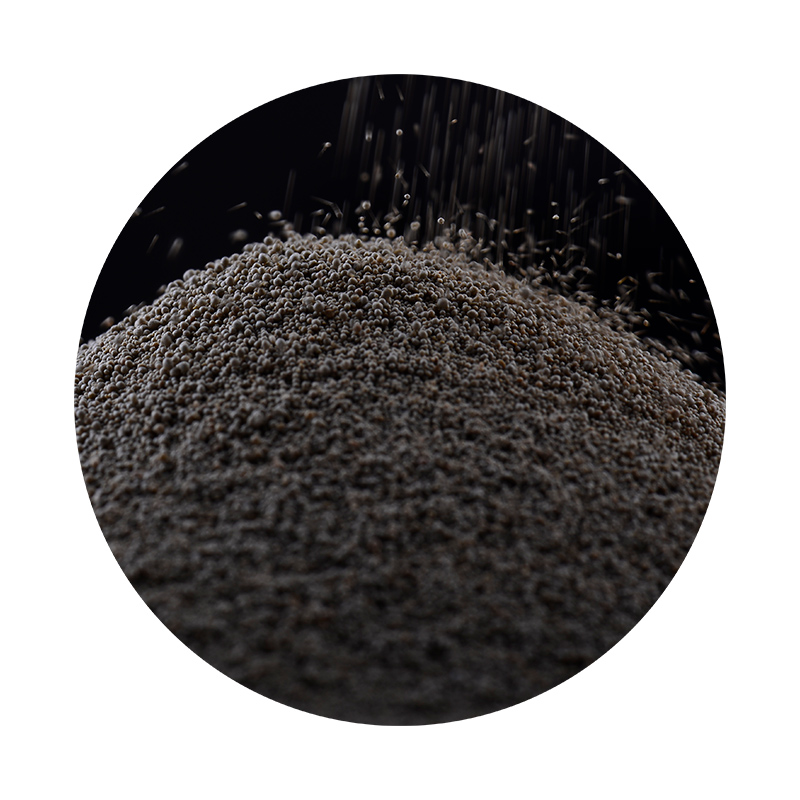Sanding stainless steel is a process that requires precision and the right tools to achieve a smooth, polished finish. Whether you're working on a DIY project or prepping stainless steel for a professional application, following the best methods can enhance both the appearance and durability of the metal. Here’s a guide on the best way to sand stainless steel.
1. Gather Your Tools and Materials
Before starting, make sure you have the following items on hand
- Sandpaper with varying grits (start with 120 or 220 grit and progress to finer grits like 400 or 600) - An orbital sander or a sanding block - Protective gear (gloves, goggles, and a mask) - Stainless steel cleaner - A vacuum or a damp cloth for dust removal
2. Prepare the Surface
Begin by cleaning the stainless steel surface thoroughly. Use a stainless steel cleaner to remove any grease, grime, or old finishes. This will prevent impurities from embedding in the metal during sanding. After cleaning, dry the area completely.
3. Choose the Right Grit
Start sanding with a coarser grit sandpaper (around 120 or 220 grit) to remove any scratches or imperfections on the surface. If you are working on a large area, using an orbital sander can speed up the process significantly. Be sure to sand in the direction of the grain to avoid creating additional scratches.
best way to sand stainless steel

4. Progress to Finer Grits
Once the initial sanding is complete, switch to a finer grit (around 400 or 600). This step is crucial for achieving a smooth and polished finish. Use light pressure and continue sanding in the direction of the grain. Take your time with this step to ensure an even appearance.
5. Clean Up
After sanding, it’s important to clean the surface again to remove any dust or debris. A vacuum or a damp cloth works well for this task. This will ensure that no particles are left behind, which could affect the final finish.
6. Final Touches
For a mirrored finish, consider using a polishing compound specifically designed for stainless steel. Apply the compound using a soft cloth and buff the surface to a high shine.
Conclusion
Sanding stainless steel may seem daunting, but with the right tools and techniques, you can achieve a professional finish. Always remember to prioritize safety, preparing the surface properly, and choosing the right grit progression for the best results. Whether it’s for home improvement or professional projects, a well-sanded stainless steel surface will stand out for its beauty and resilience.
Post time:אוק . 31, 2024 11:22
Next:Key Takeaways from Sand Casting Techniques and Applications in Modern Manufacturing
